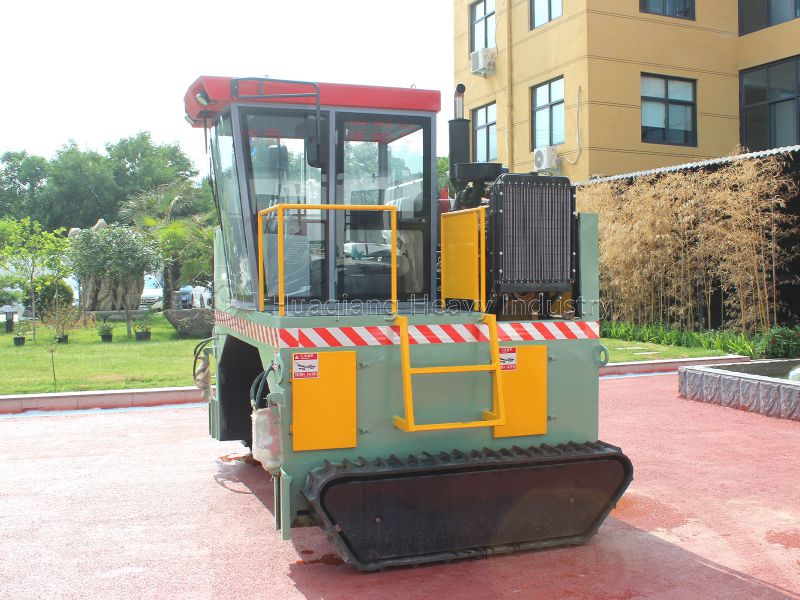Compost turning machine selection guide: Key differences between models for livestock manure and yard waste processing
As demand for organic fertilizer grows and environmental regulations tighten, compost turning machines have become essential equipment for recycling organic waste. Choosing the right model directly impacts processing efficiency and costs. Since livestock manure and yard waste have distinct physical properties, selecting the appropriate machine is critical for optimal results.
1.Livestock Manure
Livestock manure is typically sticky, high in moisture, and prone to compaction. Processing it requires equipment with strong turning power and crushing capabilities.
Trough compost turning machines are ideal for handling livestock manure. Their key advantages include:
Durable turning teeth that crush and mix materials evenly.
Enclosed fermentation tanks minimize odor release, making them suitable for large-scale farms.
Achieve rapid fermentation cycles (7-8 days) for high efficiency.
For small to mid-sized farms, hydraulic turning machines offer a cost-effective and flexible option with lower upfront investment.

2.Yard Waste
Yard waste (leaves, grass clippings, branches, etc.) is bulky, loose, and fibrous, requiring equipment that balances aeration and mixing.
Windrow compost turning machines are well-suited for yard waste due to:
Adjustable pile height and width to accommodate varying volumes.
Open-air turning that enhances oxygen exposure, speeding up decomposition.
Lower initial costs, ideal for parks departments or nurseries.
For large-scale processing centers, self-propelled turning machines provide better mobility and higher operational efficiency.
When selecting a compost turning machine, consider material properties, processing scale, and budget. Opt for through or hydraulic crawler models for manure, and windrow or wheeled turning machines for yard waste. Multi-purpose machines may suit smaller projects to maximize equipment use.
